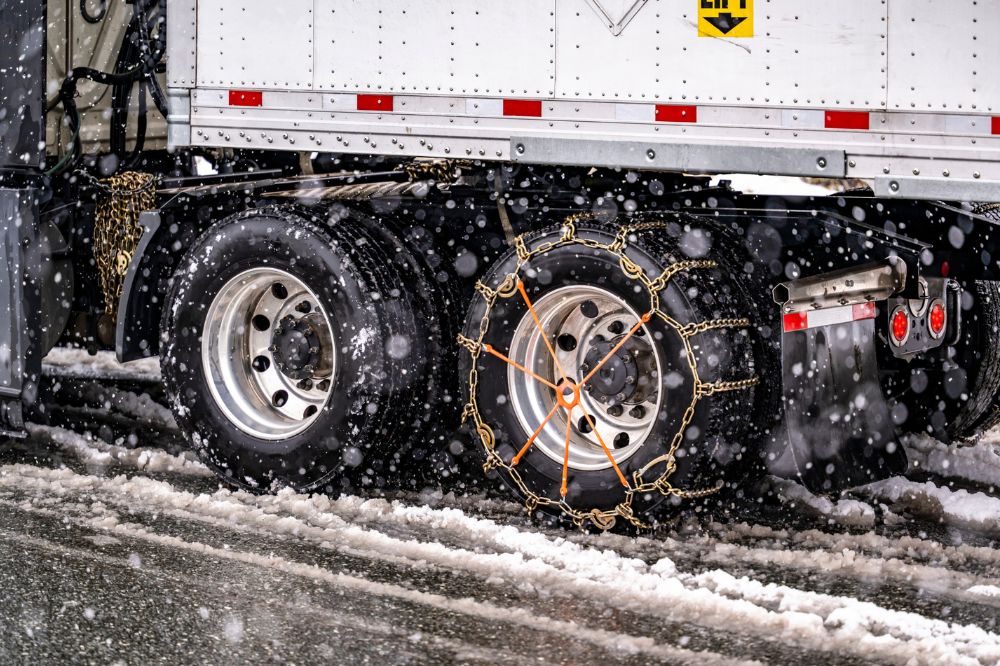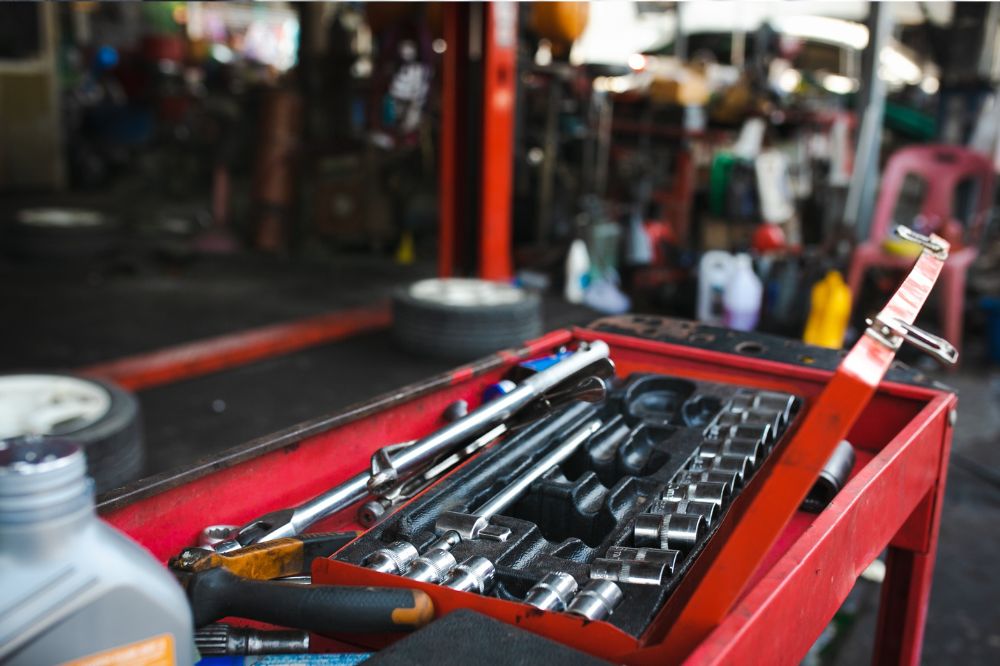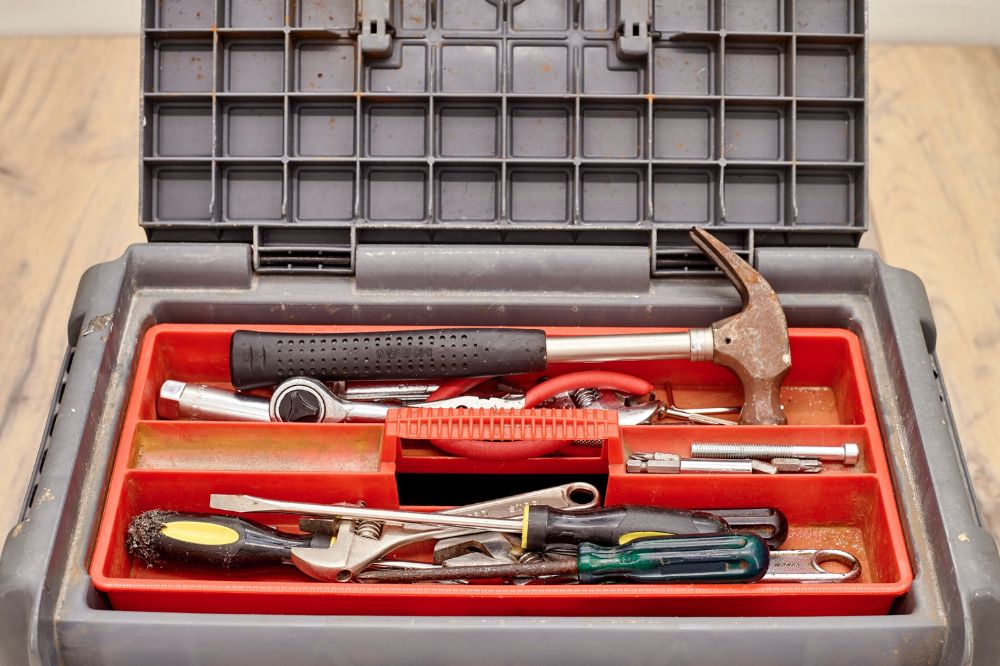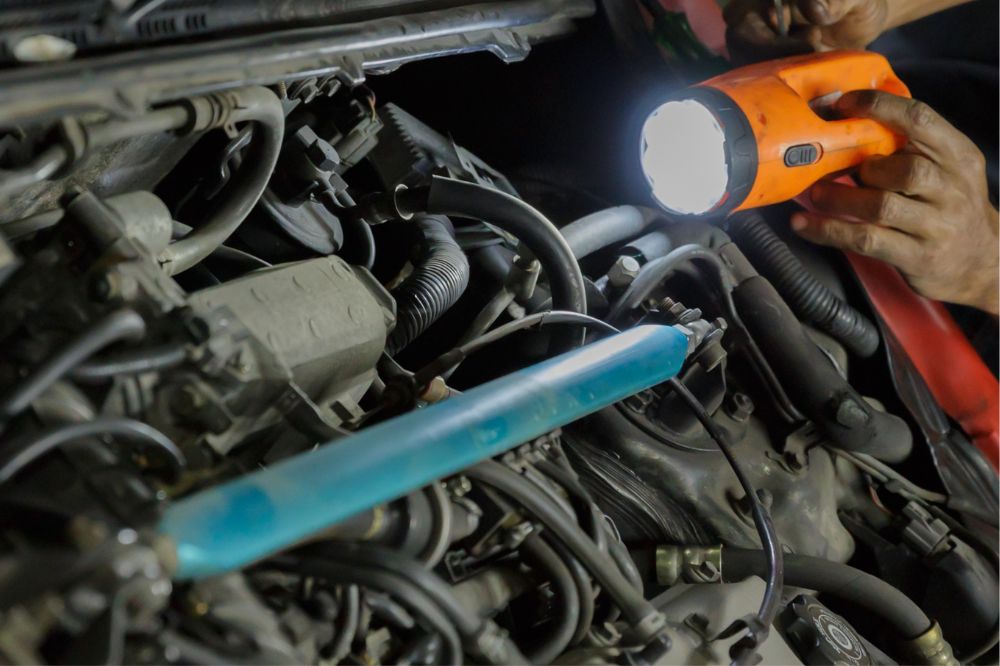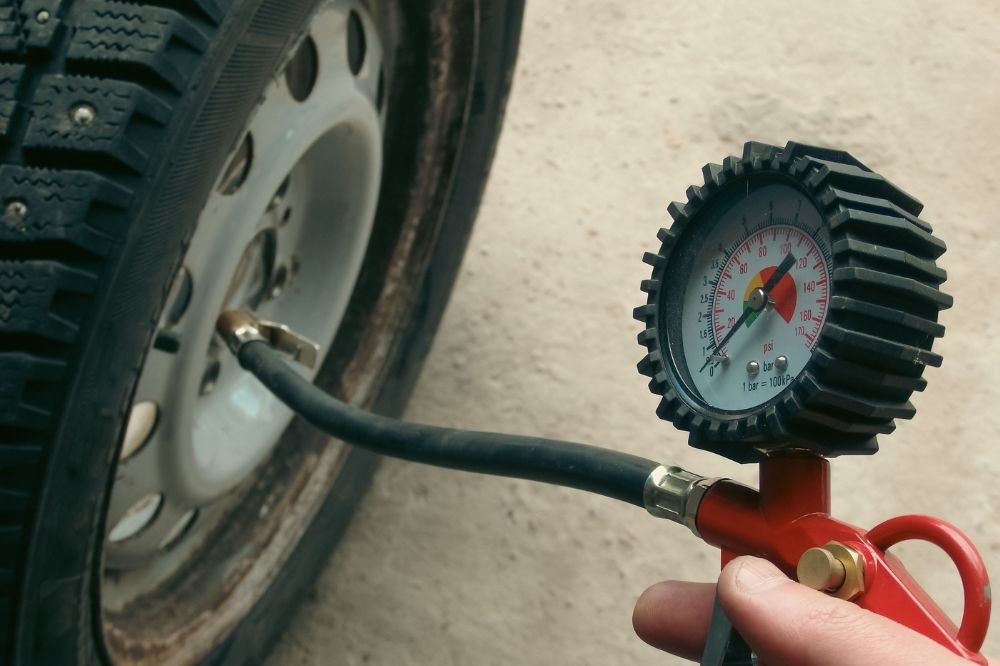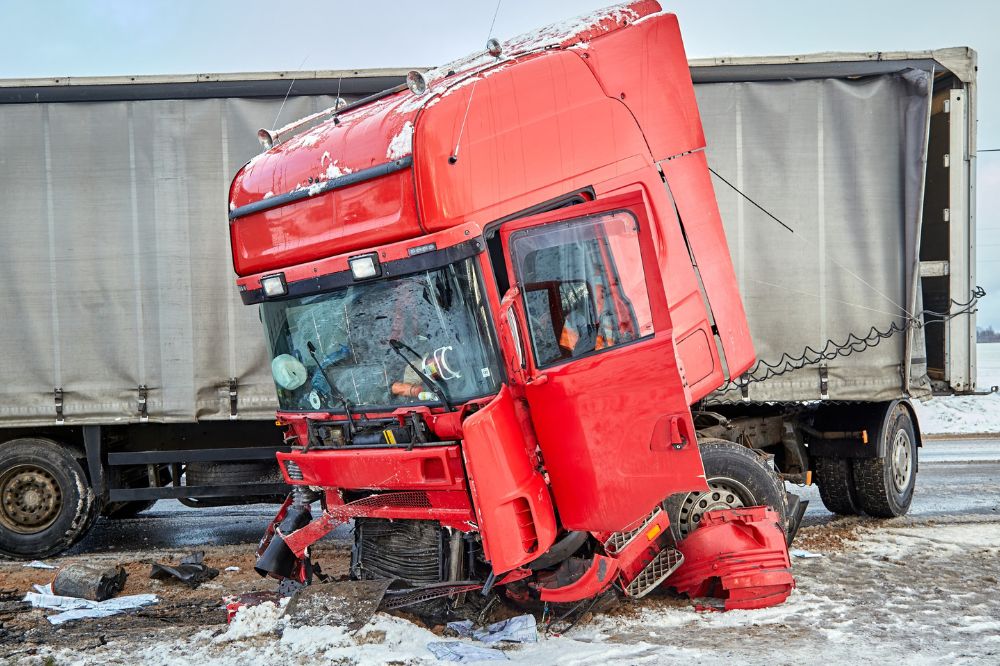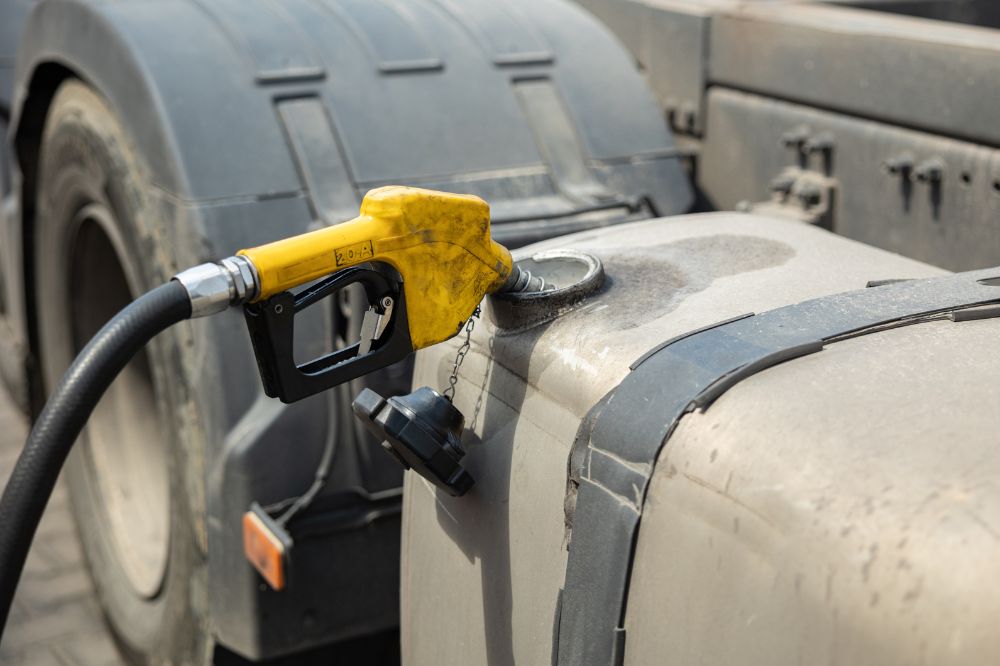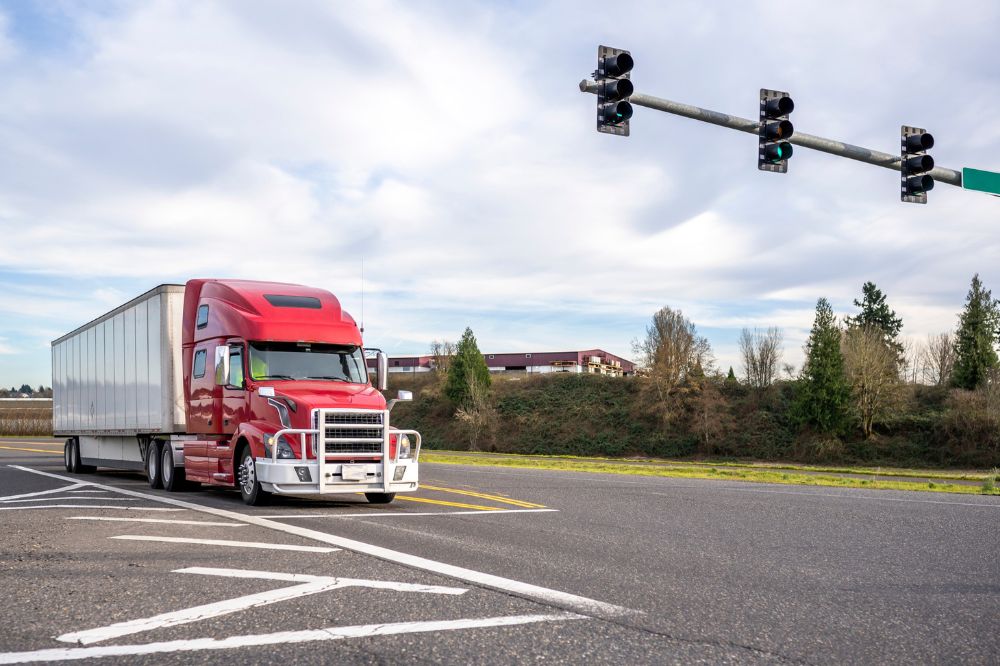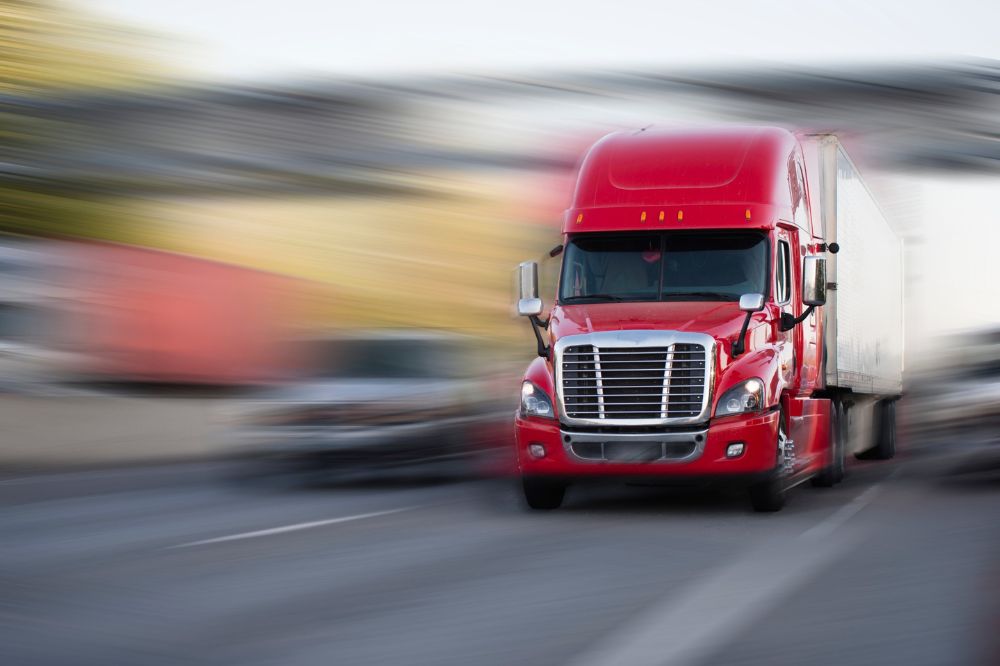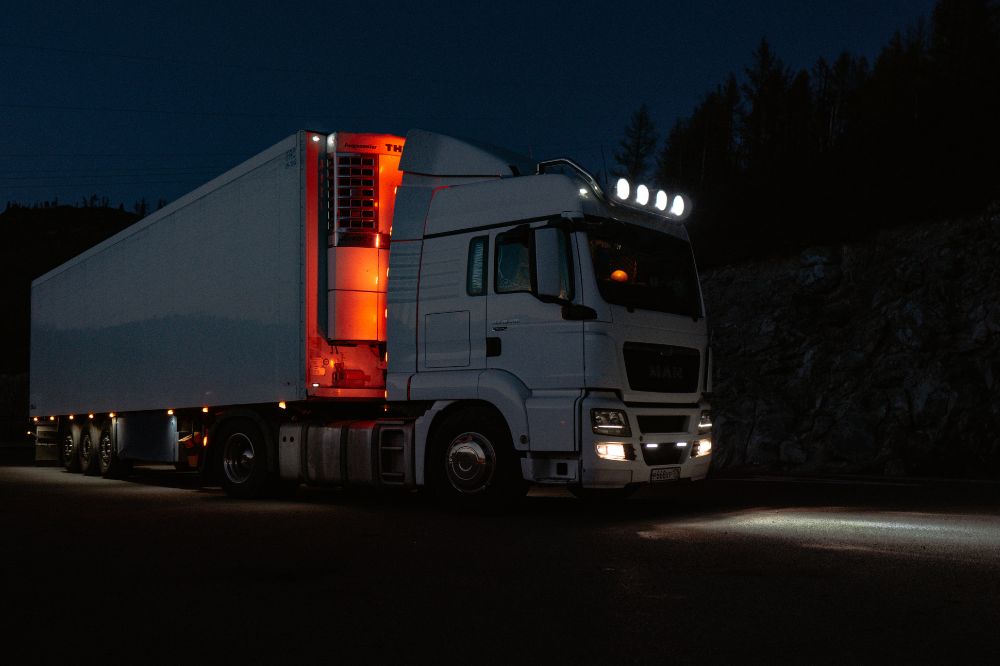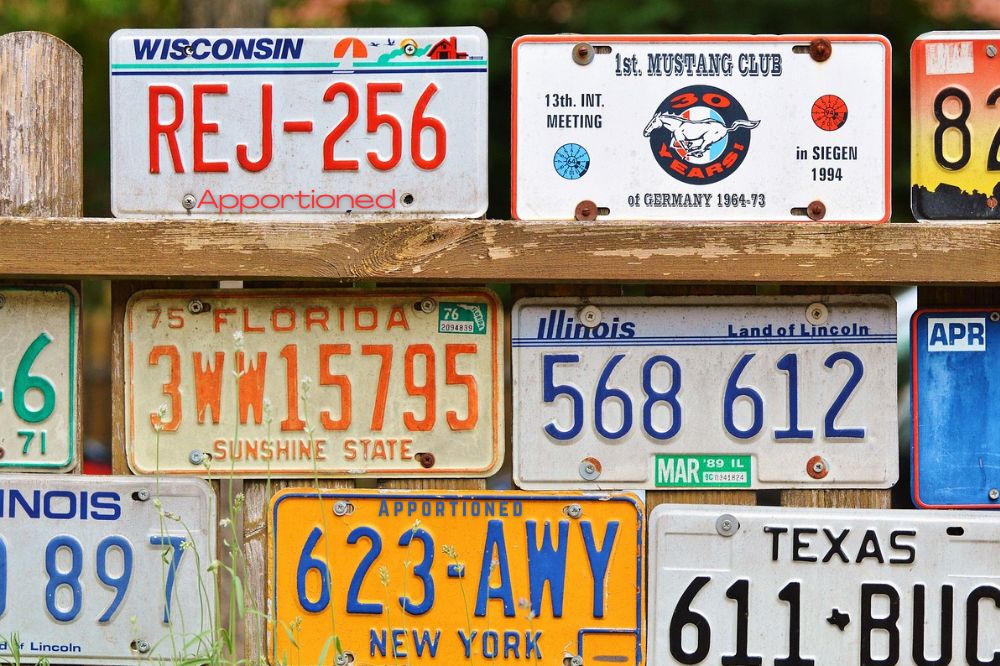
If you’re a commercial truck driver who regularly crosses state borders, then you might need to get apportioned license plates. It’s also important that you understand IFTA and IRP registration.
This might sound like a lot of admin, but it can make your life a lot easier with managing your vehicle and tax reports. Registration is also a straightforward process. Plus, if your vehicle qualifies for these registrations, it is a legal requirement.
Still confused about what this all means and how it might affect you? We’ll answer everything you need to know about apportioned registration in the guide below.
Apportioned Registration and IRP Registration
Apportioned registration and IRP (International Registration Plan) registration cover what are called “apportioned plates.” Apportioned really just means divided or distributed – which applies to the area where the vehicle is registered.
When you see a semi-truck driver using apportioned plates, it means the owner has registered the truck to operate in multiple jurisdictions, making interstate or international travel a lot easier.
Apportioned plates allow commercial vehicles, like trucks and buses, to travel between different states. These plates distribute the registration fees among whatever jurisdictions the vehicle operates, based on the percentage of miles traveled in each area.
This system simplifies registration for vehicles that often cross state lines.
What is the Difference Between IFTA and IRP?
The main difference between IFTA (International Fuel Tax Agreement) and IRP (International Registration Plan) is what they cover. In the most simple terms, IFTA deals with fuel taxes, and IRP deals with registration for vehicles traveling across different jurisdictions.
IFTA is an agreement between the lower 48 U.S. states and 10 Canadian provinces, used to report and distribute fuel taxes paid by interstate motor carriers.
IRP is an agreement between U.S. states, the District of Columbia, and Canadian provinces. It allows commercial vehicles to register in their base jurisdiction and travel across state or provincial lines.
Commercial vehicles that frequently cross these borders will have both registration credentials to make travel a lot easier.

What is the International Fuel Tax Agreement (IFTA)?
The International Fuel Tax Agreement (IFTA) is an agreement between the lower 48 U.S. states and 10 Canadian provinces. It simplifies the reporting and distribution of fuel taxes paid by interstate motor carriers.
Under IFTA, carriers file quarterly fuel tax reports. These reports indicate the amount of fuel purchased and the number of miles traveled in each jurisdiction. Based on this, tax authorities can distribute taxes to the right jurisdictions.
This agreement makes it a lot easier to comply with fuel tax obligations. It also streamlines the tax reporting process for any motor carriers operating in two or more jurisdictions.
Who Must Register Under IRP and IFTA?
Not all trucks that cross state lines need to register under the IRP and IFTA. So, before taking the steps to get an apportioned license plate, make sure that your vehicle first qualifies for the registration reciprocity agreement.
Under the IRP, any commercial vehicle that crosses state lines and has a gross vehicle weight of more than 26,000 pounds, or has three or more axles, must register.
The IFTA requires registration for any motor carrier that operates qualifying vehicles in more than one jurisdiction.
If your vehicle falls under these categories, you must register under IRP and IFTA to operate legally across different states or provinces.
What’s the Difference Between Apportioned Plates and Commercial Plates?
The main difference between apportioned plates and commercial plates is where the vehicle can operate.
Apportioned plates are for vehicles, typically trucks or buses, that travel across state lines. Commercial plates are for vehicles that operate only within a single state. They do not have the design for interstate travel.
In simple terms, apportioned plates allow vehicles to operate across different states or provinces legally, while commercial plates are for vehicles that operate solely within one state.
If you’re a motor carrier, you need to have commercial plates, but you don’t necessarily need apportioned registration. Apportioned registration is also always commercial.

How Do I Get Apportioned Plates?
Follow these steps if you think your vehicle needs to apply for an apportioned license plate.
Confirm Your Eligibility
Before starting the registration process, ensure your vehicle qualifies for apportioned plates.
Vehicles that travel across state lines and meet certain weight or axle requirements are eligible.Typically, you can confirm this through your state’s Department of Motor Vehicles (DMV).
Register with IRP
If your vehicle needs apportioned plates, the first step in getting them is registering your vehicle with the IRP. You can do this through your state’s DMV.
Fill out the apportioned plate application form provided by your state’s DMV. You’ll need to provide detailed information about your vehicle, including its weight, type, and other relevant details.
This information helps determine the proper allocation of registration fees among the states where your vehicle operates.
Submit Supporting Documents
Along with the application forms, you’ll also need to submit a few documents. This includes your proof of insurance, vehicle registration documents, and other required paperwork.
Double-check the specific requirements of your state or province, as the exact documents needed can differ.
Pay Your Fees
Once you’ve got all the documentation in place, you’ll need to pay the required registration fees.
The amount you need to pay will vary depending on your vehicle’s weight, type, and the states in which you will be operating. Be prepared to cover the costs associated with the apportioned plates.
Wait for Approval
After submitting your application and documents, you’ll need to wait for approval.
The approval process can take some time, so it’s essential to submit everything correctly and be patient.
Once your application is approved, and all fees are paid, you’ll receive your apportioned plates. Make sure you install the plates properly on your vehicle according to the regulations of your state or province.
Final Thoughts
A big part of operating any kind of trucking business is making sure that your vehicle complies with all regulations in any state it travels. Getting apportioned registration is actually a really easy way to stay on top of this.
Properly registering your vehicle ensures that you are operating legally across borders and makes any kind of reporting you need to do a lot more streamlined.
Are you considering purchasing a new commercial vehicle? Then you’ll need to get the right financing partner on board. At Mission Financial Services, we make this process easy by helping all truck drivers get financing for their perfect vehicle. Access your simple credit application today.




